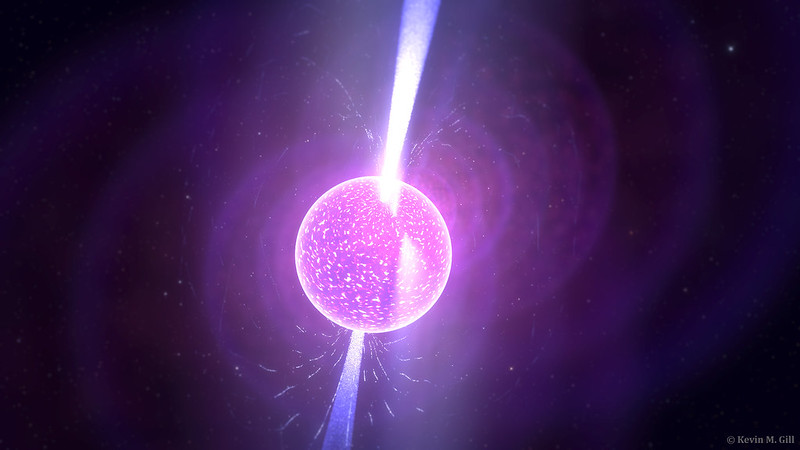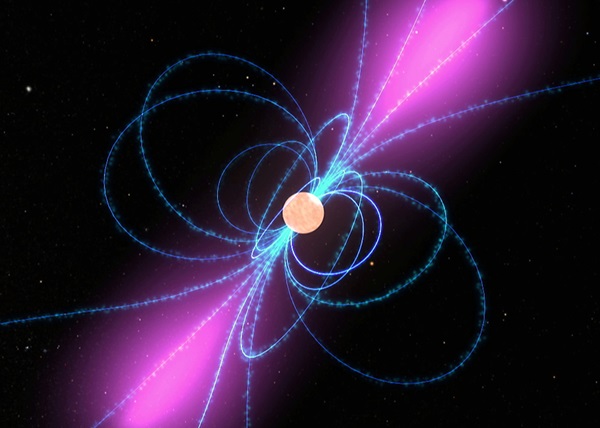
A team of scientists from the National Centre for Radio Astrophysics (NCRA) has discovered two new slow pulsars with the help of the Giant Meter Radio Telescope (GMRT) High-Resolution Southern Sky (GHRSS). The discovery was made using the same data that was used for surveying pulsars earlier, except for the fact that a superior algorithm was designed to discover these pulsars with all ranges of periods and widths.
The scientists at NCRA have been conducting the GHRSS survey since 2014, and have discovered 31 neutron stars, so far. These happen to be the highest number to be found per sky area till now. However, the existing pulsar population from the GHRSS and other ongoing surveys globally are lacking long-period pulsars due to the underlying search algorithm which looks for signals in the pulsar spinfrequency domain.
In this work, aided by new technological advancement, the team applied an alternative search algorithm to look for periodic signals from pulsars in the time domain with optimal mitigation of contributions from instrumental variation and terrestrial interferences.
With the implementation of the new search technique, GHRSS can be one of the leading surveys to discover many new interesting long-period pulsars.
The team led by a PhD student from NCRA, Shubham Singh, with scientists from NCRA, University of Manchester, UK, National Naval Laboratory, US, and West Virginia University, US, has published an article in July describing the new technique of efficiently searching for pulsars with discoveries in the Astrophysical Journal.
Singh said, “When these beams sweep past the observer, a sequence of regular pulses is seen and, hence, they are named pulsars. Over time, the pulsar slows down due to the loss of rotational energy and its rotational period becomes longer. It is predicted that if the period is extremely long, then the pulsar can no longer radiate and moves to the so-called pulsar graveyard.”
However, the discovery of longperiod pulsars like J2144-3933, with a rotation period of 8.5 seconds, challenged the emission theories as it is in the pulsar graveyard and still emitting radio frequencies. An efficient search for pulsars near this stellar graveyard can constrain the theoretical model explaining the cessation of radio emission.
Recent Posts
- Astronomers detect first direct image of black hole expelling a powerful jet
- WhatsApp rolling out ‘reply with message’ feature within call notifications
- Multi-Device Pairing May Be Arriving for Apple Watch this Year
- Artificial Intelligence Discovers Hidden Giant, a Planet 5 Times Larger Than Jupiter
- Google CEO Sundar Pichai Talks Bard & The Future Of Search
Recent Comments
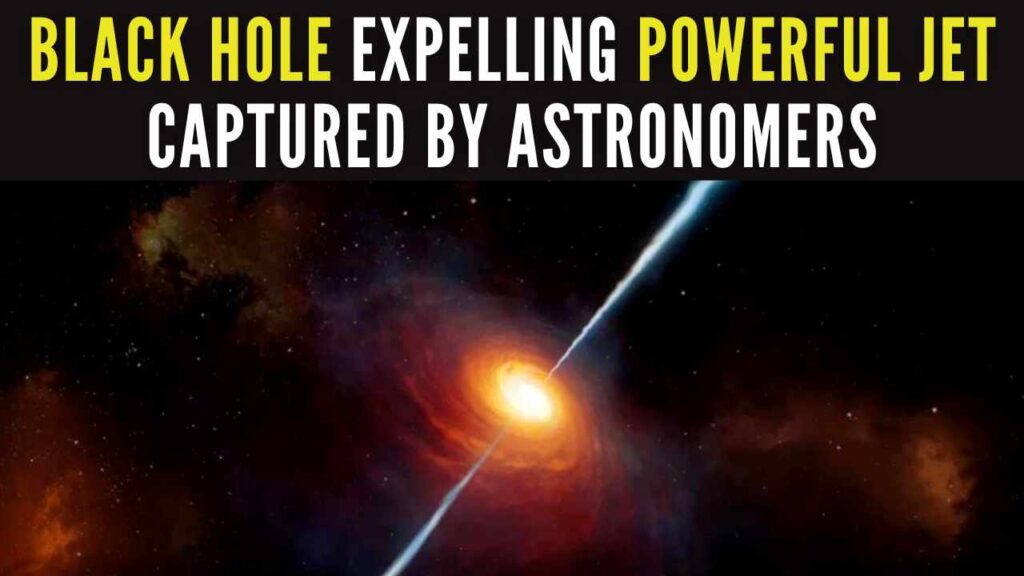
Astronomers detect first direct image of black hole expelling a powerful jet
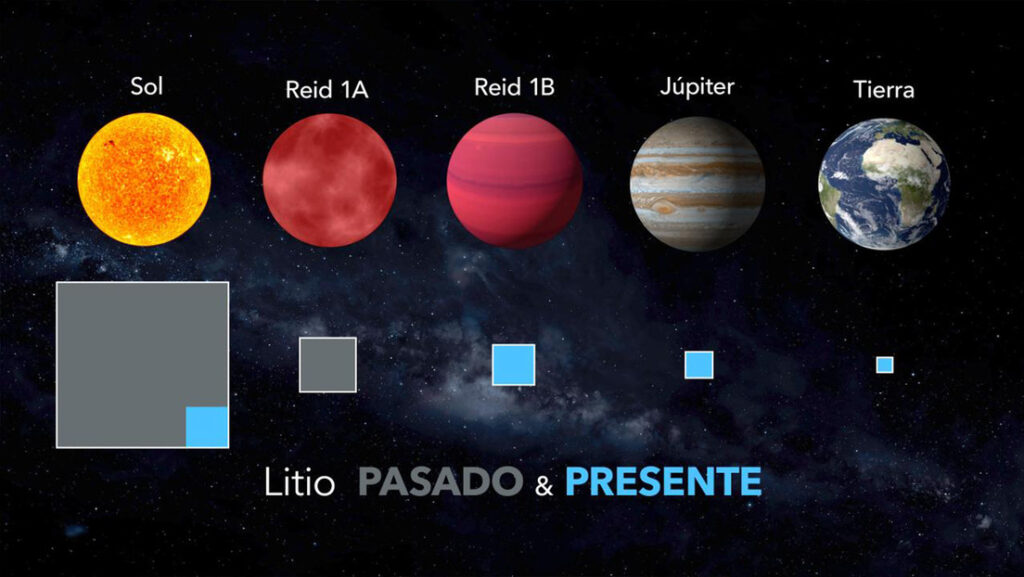
Artificial Intelligence Discovers Hidden Giant, a Planet 5 Times Larger Than Jupiter

Scientists explain melting of Antarctic ice sheet dating back 9,000 years
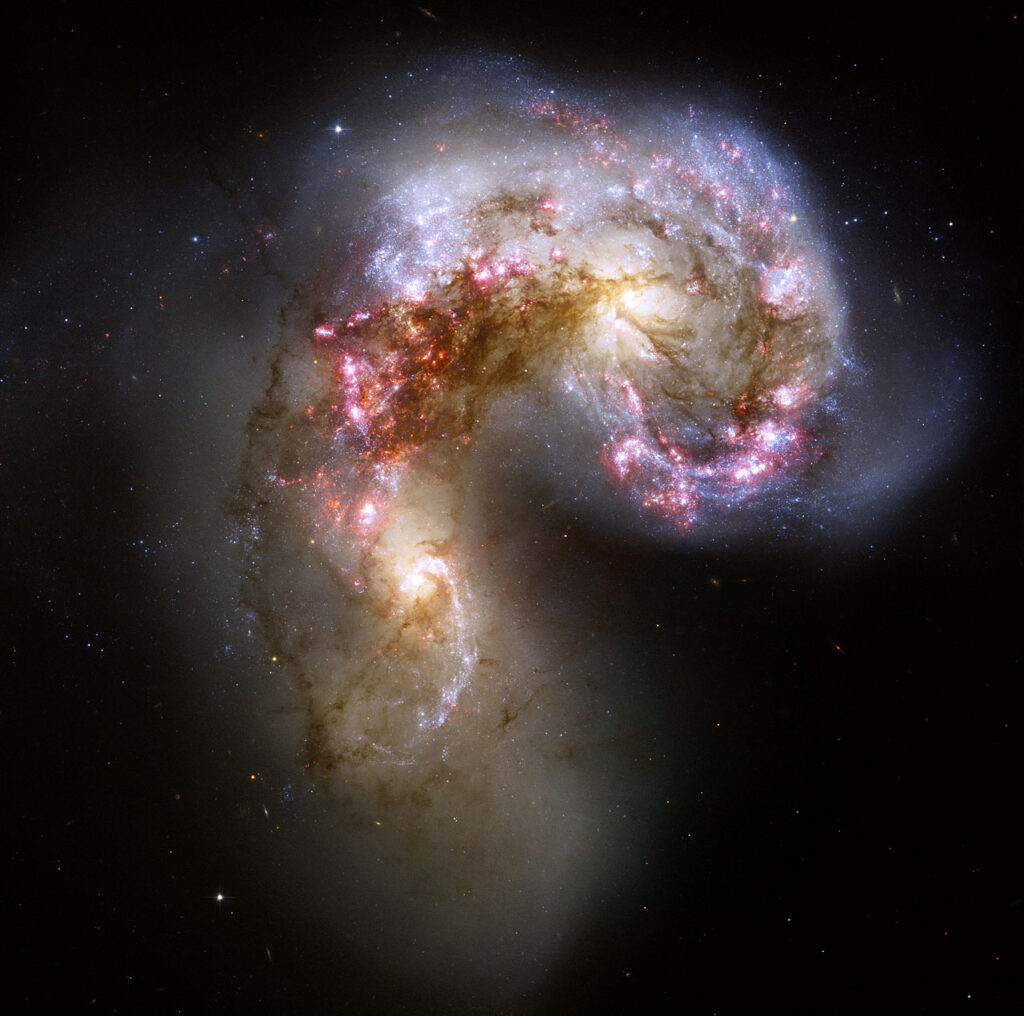
An Unexpected Discovery: Hubble, ESA's Gaia Spot Double Quasar That Existed Over 10 Billion Years Ago

Astronomers detect first direct image of black hole expelling a powerful jet

WhatsApp rolling out ‘reply with message’ feature within call notifications

Multi-Device Pairing May Be Arriving for Apple Watch this Year


